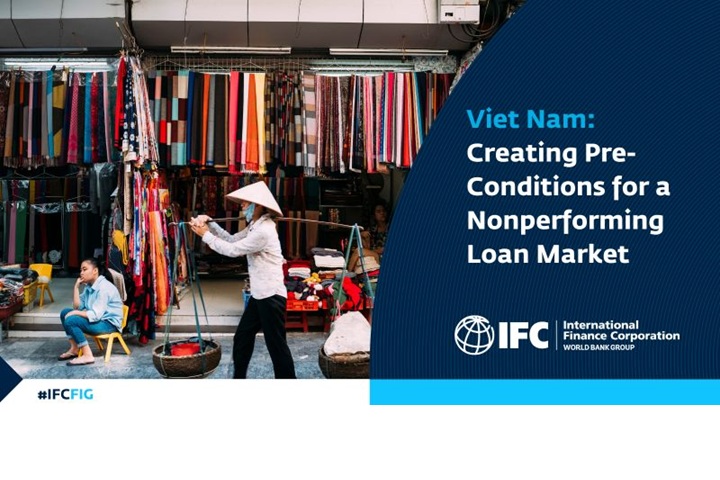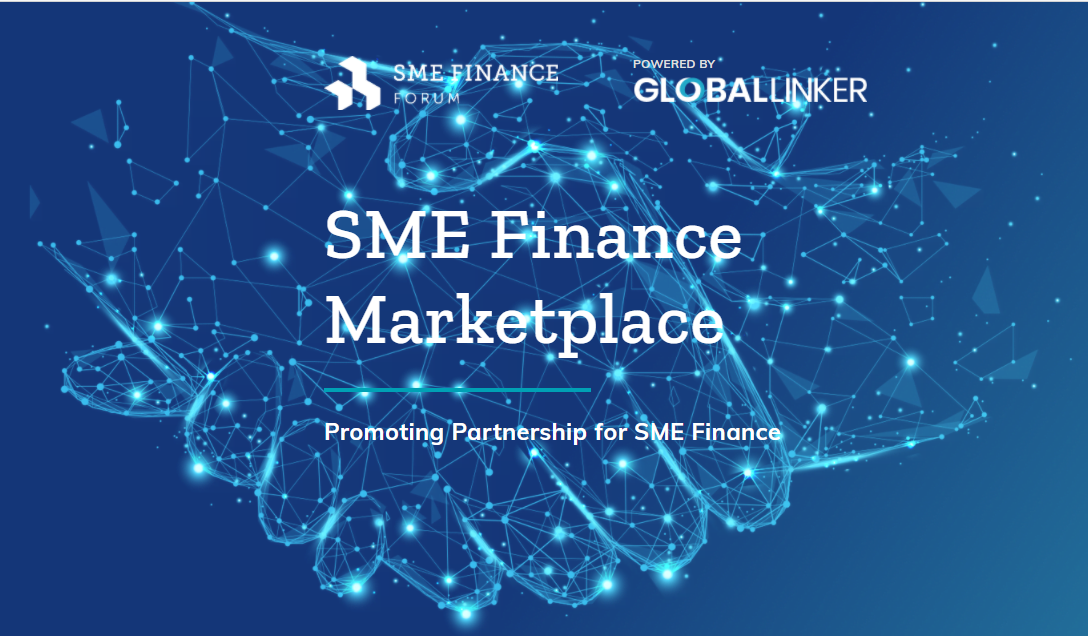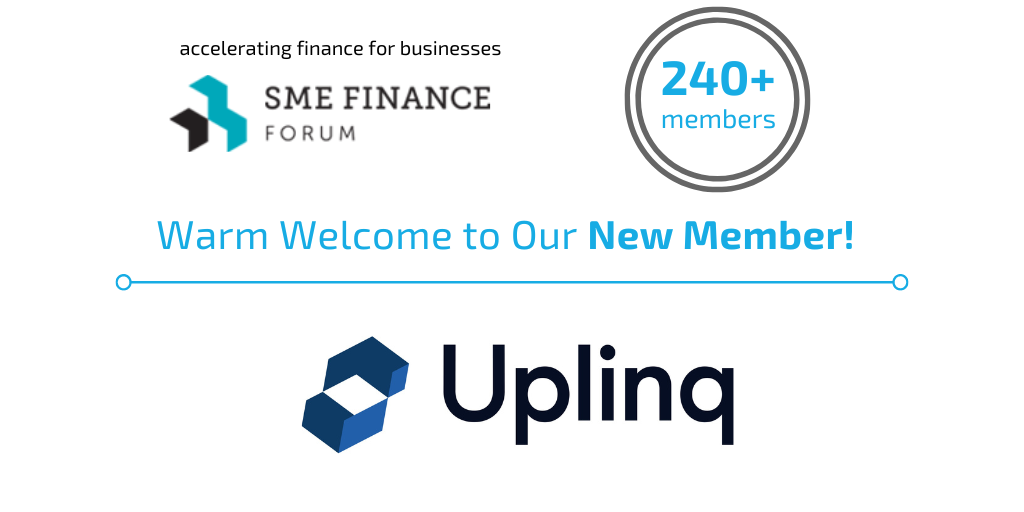The main objective of this Knowledge Guide is to provide guidance to the World Bank Group (WBG) staff, donor institutions, government officials and other practitioners on the objectives and implementation of secured transactions reforms, as well as the factors that affect the implementation.
The Knowledge Guide considers the experiences learned in various secured transactions reform projects implemented not only by the WBG, but also by other organizations, especially the European Bank for Reconstruction and Development (EBRD). It also summarizes and examines a number of recent developments. First, on the legislative side, it references the provisions of the United Nations Commission on International Trade Law (UNCITRAL) instruments, especially the 2016 Model Law. Second, significant space hasbeen dedicated to regulatory aspects, particularly those relating to prudential regulation and their intersection with security rights in movable assets. Finally, a detailed description of various credit products that translate the legal provisions into action has been included.
Like the preceding the Secured Transactions Systems and Collateral Registries Toolkit, this Knowledge Guide has not been designed to eliminate the need for in-person expert advice on secured transactions reforms projects. In any case, the guidance provided below should be adapted to the local socio-economic, legal, and cultural environment. The Knowledge Guide highlights a number of necessary elements to construct an effective credit ecosystem outside of the implementation of a secured transactions law and a collateral registry. These include modern insolvency and credit reporting regimes, expeditious judicial enforcement mechanisms, regulatory aspects of secured transactions, technological advancements - particularly in the areas of distributed ledger and blockchain technologies, as well as capacity building of the affected stakeholders, including guidance on how to structure various credit products.
While this Knowledge Guide does not cover all aspects of secured transactions systems and their reforms, it addresses the most important elements. It does not address secured financing involving immovable property, although it examines some aspects of its intersection with land law, such as the application to fixtures, and the potential extension of movable property secured transactions regimes to immovable collateral. It also does not examine some specialized areas of financing, such as various credit products secured with highly mobile equipment or intermediated securities. These are typically governed by specialized regimes, such as those adopted by the International Institute for the Unification of Private Law (UNIDROIT). The Guide focuses primarily on transactions involving micro, small, and medium-sized enterprises (MSMEs), leaving aside a number of issues that may arise in the context of consumer transactions.
Read the full report>









